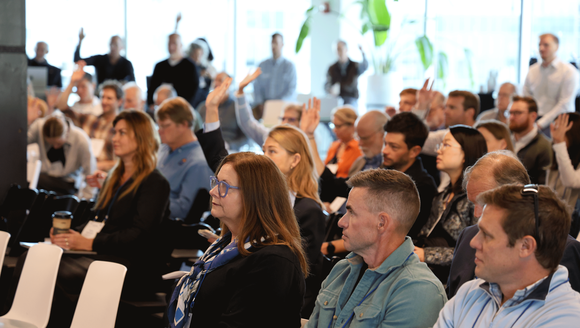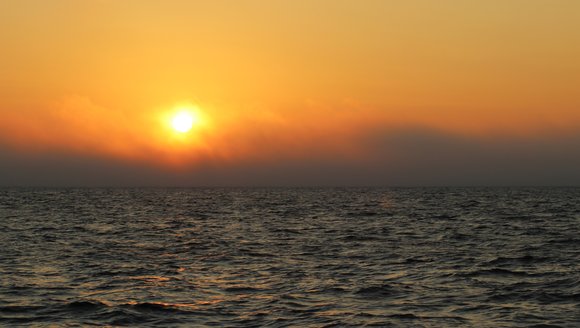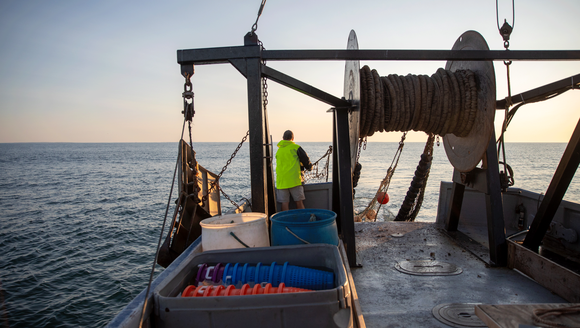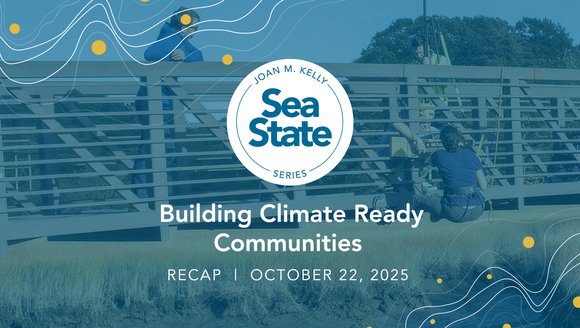Evaluating Age Structure and Foraging Ecology of Yellowfin and Bigeye Tuna in the Northwest Atlantic
Filling in life history gaps for bigeye and yellowfin tuna
Designated as highly migratory species by the Food and Agriculture Organization of the United Nations, yellowfin and bigeye tuna are managed by international fisheries organizations. In the Atlantic, this responsibility falls on the International Commission for the Conservation of Atlantic Tuna (ICCAT). Accurate population assessments and appropriate management strategies are needed to properly estimate the population status of these fishes, support economic stability for dependent fishing fleets, and sustain ecosystem health. While these two species comprise some of the world's largest fisheries, there is surprisingly little known about their life history and to ensure accurate assessments and management we must gather adequate biological information. Even basic knowledge about lifespans, age structures, and foraging ecology remains largely unknown, and our project seeks to fill in those knowledge gaps and improve our ability to manage these species more effectively.
Project Goals:
- Work with commercial and recreational vessels to collect biological samples from bigeye and yellowfin tuna.
- Use bomb radiocarbon dating to verify if yellowfin and bigeye otolith rings are deposited annually.
- Participate in an age and growth working group to establish protocols, reference sets, and standardize the preparation, reading, and analysis of otoliths for aging.
- Use current samples from the PLL fleet, and archived samples from the SEFSC, to assess the age structure of yellowfin and bigeye tuna in waters that stretch from North Carolina to the Gulf of Mexico.
- Use electronic tags to understand yellowfin and bigeye stock structures and habitat uses.
To say marine food webs are complex would be an understatement. Research that helps us understand how species interact with each other across their lifespans, though, is essential for determining how marine food webs are constructed, what linkages in the food chain are important for each species, and how that information can be used to assist in the stock assessment and management of exploited fish stocks.
For example, top predators like tuna distribute themselves in water masses with sharp temperature gradients where physical forces aggregate prey. Understanding these dynamics, and how fish distribute themselves, helps us understand shifts in distributions and changes in landings from year to year. The latter is very important as Catch Per Unit Effort indices, which represent the rate at which fish are captured, are often the most influential aspect of fisheries stock assessments. All sorts of things can influence these indices, especially changes in ocean conditions, and prey distribution shifts, but it's important to narrow down causes. Stocks might be stable, but moving in and of areas fishermen can access, or their populations may actually be declining and at risk. Foraging ecology and tagging research can help explain some of these changes.
In our work, we examine stomach contents from these species to improve understanding about tropic relationships. Visual observations of stomach contents can be useful, as many eaten species have definable, diagnostic morphological characteristics. However, due to the rapid digestion rates in many tunas, visual characteristics may not be enough to identify prey to the species level. Some prey have specific digestion resistant tissues, like otoliths and beaks, which can be used to identify digested prey.
Tissue samples can also be analyzed for stable isotopes — chemical signatures that tell us details about groups of species these fish may be consuming. While not as specific as visual observations or otoliths or beak analyses, stable isotopes can provide foraging ecology data over much longer periods of time.
As a last resort, or if all that remains in a tuna's stomach are globs of mush, we can send out some of the highly digested material for genetic barcoding, which very precisely identifies species. Collectively, these techniques allow us to gather a much more detailed look at the foraging ecology of these species.
Additionally, aging is one of the fundamental inputs for stock assessments, yet for many highly migratory species we have little to no age data. This project samples otoliths from these two tunas and uses them to estimate age structure of the landings. In addition to aging, this project focused on validating the annual structures accreted in the otoliths each year through a technique called bomb radiocarbon. This provides confidence that marks on the otoliths used to estimate age do in fact represent annual events.
The gonadal tissues we collect enable us to learn more about tuna reproduction and information gained from the electronic tags allows us to test hypotheses about stock structure and habitat use.
Internal Team
-
![]()
Walt Golet
Assistant Professor, UMaine School of Marine Sciences
External Collaborators
-

John Logan, Ph.D.
Massachusetts Division of Marine Fisheries
-

Craig Brown, Ph.D.
NOAA Southeast Fisheries Science Center
-

Shannon Cass-Calay, Ph.D.
NOAA Southeast Fisheries Science Center
-

Robert Allman, Ph.D.
NOAA Southeast Fisheries Science Center, Panama City Laboratory
-

Allen Andrews, Ph.D.
NOAA Fisheries
Project Partner
Read Next
-
The Next Wave of Maine’s Blue Economy
Reflections from the 2025 Blue Economy Investment Summit, and the future of Maine's blue economy.
Perspectives
-
Demystifying the Blue Economy
The blue economy is a hot topic these days, but the meaning behind the term isn't always clear. In this blog, we break down what …
Perspectives
-
Fisheries 101
Fisheries are the backbone of our state's economy and cultural heritage, but these systems are complex, and managing them even more so. Read on for …
Perspectives
-
Sea State Recap: Building Climate Ready Communities
In this installment of the Sea State series at the Gulf of Maine Research Institute (GMRI), we hosted a timely conversation around supporting Maine communities …
Perspectives



